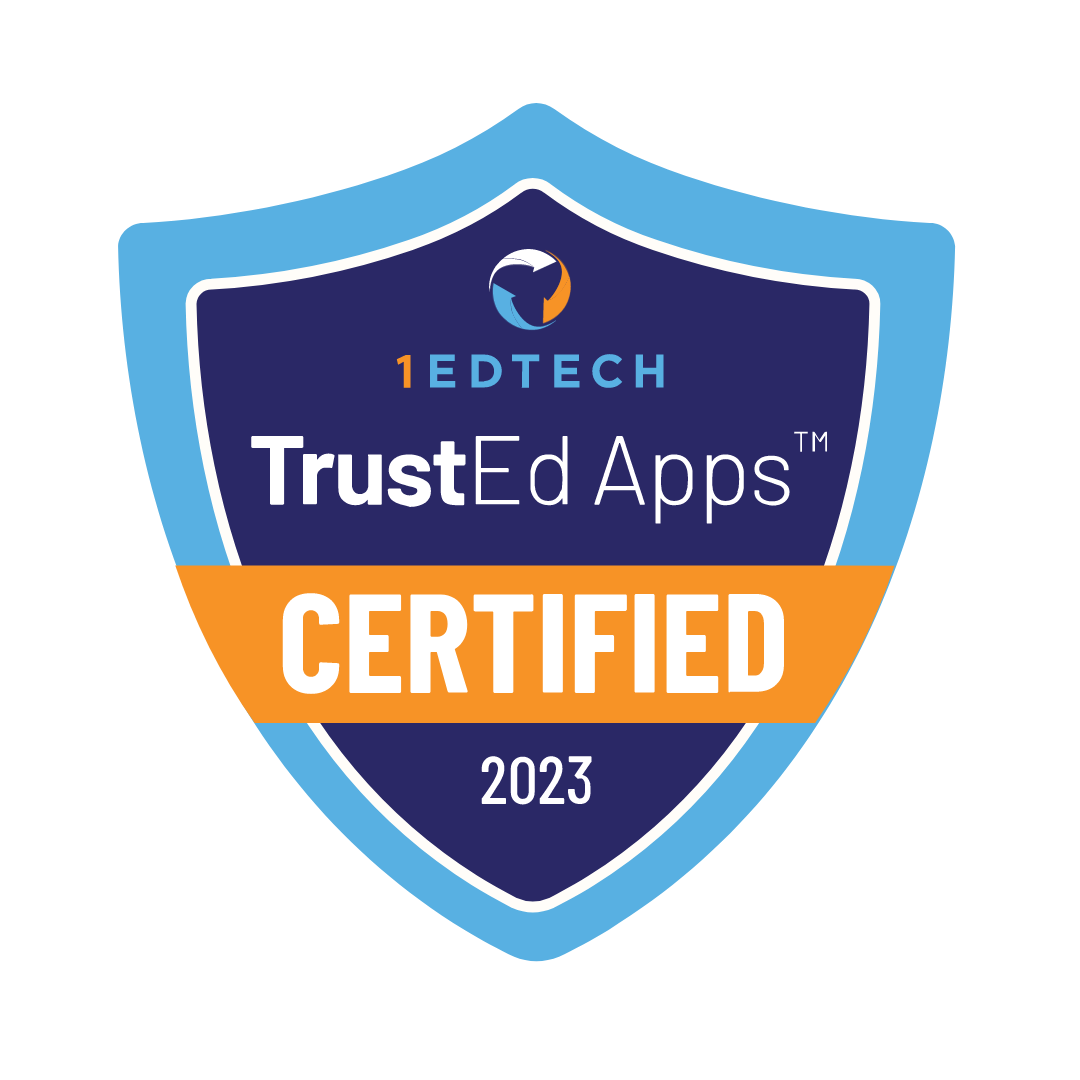Contents
Enrolling in a virtual middle school gives parents a flexible option for their child’s education. Many families choose online learning because it fits their lives. We’ll explain how to enroll in a virtual middle school.

Enrolling in a digital school means signing up a student for a virtual middle school. Virtual middle school is an online platform where students learn from home. More families are choosing online options as an alternative to regular schools. We’ll go over how to enroll in this type of school. We’ll explain why online learning matters and its pros and cons.
Why Choose a Virtual Middle School?
Parents and students choose virtual middle schools because this education is convenient and flexible. Kids learn at their own pace, stay in the house, and focus on the subjects most important. Digital school is ideal for families on the go and traveling almost every minute. Virtual middle schools provide students with a quiet and free environment helpful for better concentration. Students receive a quality education without needing to attend school in person.
Benefits of Virtual Middle School
|
Parents, Take Note
The report “Online School Statistics: Accelerating Learning, Saving Costs, Boosting Retention” by Alexander Eser says online learning leads to a 60% faster learning curve compared to classroom learning
|
Advantages of virtual middle schools for students and their families include several benefits. Read about these benefits in Legacy Online School’s articles “The Benefits of Accredited Online Middle Schools” and “5 Hidden Advantages of Virtual Middle School”.

Challenges of Virtual Middle School
We talked about the benefits of virtual middle schools, but it’s important to know the downsides. Here are five main disadvantages to keep in mind.
| CHALLENGE | SOLUTION |
|---|---|
Lack of social interaction | Address the lack of social interaction by encouraging the child to join virtual clubs or participate in online competitions. Explore local community events or activities for safe in-person interaction |
Self-discipline | Create a clear daily routine for the student. Set specific times for lessons, study, and breaks. Help your child set small goals for each day or week. Check kid’s progress to ensure tasks from the online school are completed on time |
Technical difficulties | Check you have the right equipment, like a working computer and software. Make sure you have reliable internet at home for virtual school activities. Use either the school’s support or an external service to solve tech problems quickly.
Find information about Legacy Online School’s support here |
Limited extracurricular activities | Look for extracurricular activities in your community. Sports, arts, and volunteer programs fill the gap left by virtual schooling. Online platforms offer virtual extracurricular programs. These programs allow your child to explore new interests and connect with peers through the internet.
Find information about Legacy Online School’s virtual clubs and extracurricular activities here |
Parental involvement | Virtual learning needs more parental involvement. Create a balanced schedule supporting your child’s online learning. Communicate with teachers regularly to stay informed about your child’s progress. This helps you track your child’s strengths and areas for improvement |
How to Choose the Right Virtual Middle School?
Choosing the right virtual middle school is crucial for a child’s success and overall experience. Here are five tips on how to choose the most suitable virtual middle school:
- Ensure the virtual middle school is accredited by a recognized educational body. Check the accreditation status of the school on the U.S. Department of Education website. Accreditation guarantees the quality of education and makes credits transferable.
- Review the school’s curriculum to make sure it aligns with your child’s educational needs and future goals. A well-rounded curriculum is essential for long-term success.
- Check your equipment meets the school’s requirements. Reach out to the school for help if you have any issues.
- Look for schools offering accessible and qualified teachers. Regular interaction and support from educators is key to your child’s success in a virtual environment. Help your child get familiar with Google Classroom. This platform helps students access materials, submit assignments, and stay connected with teachers.
- Choose a school offering flexible learning options to fit your family’s schedule. Flexibility in lesson planning, deadlines, and pacing enhance your child’s learning experience.
Steps to Enroll Your Child in a Virtual Middle School
“Parents have the advantage in controlling the online environment since their children stay with them at home. They should be instrumental in setting the pace, building a physical space intended for online learning and continuing to encourage in the absence of a daily face-to-face interaction”
Dr Ali Salman, BERNAMA Thoughts

Step 1: Do Your Research
Start from researching the accredited virtual middle schools. Compare school’s reviews, academic programs, flexibility, and teacher support. Ensure the philosophy and approach to teaching at the school fits your child’s needs and style of learning.
Step 2: Gather Necessary Documents
Get all the documents you will need for the application process. These documents include academic records, proof of residency, and any other documents required by the school. Reach out to the school to know more about the requirements.
Step 3: Submit the Application
Fill in the school’s application form and submit it with the required documents. Wait for the school’s reply. Send any extra documents if the school representative requests them.
Step 4: Pay Enrollment Fees
Many virtual schools charge a registration fee. The virtual school sends you an invoice after reviewing your application. Pay the invoice, and your child will be enrolled.
Step 5: Prepare for the First Day
Get your child ready for virtual learning by setting up a study space and gathering supplies. Ensure the kid is familiar with the online platforms used by the school.
Legacy Online School’s enrollment process has only five easy steps:
- Discuss the application process and learn about Legacy Online School.
- Submit the online form with your child’s details.
- Legacy Online School reviews your child’s application and makes a decision.
- Accepted students go through an onboarding process.
- Your child starts their classes and engages with peers.
Preparing Your Child for Virtual Middle School
Preparing a child for virtual middle school feels overwhelming for a child, especially if it is something new. Parents reassure the child and remove any apprehensions. They let children know it’s okay to feel nervous and helps them feel at ease. Here are five tips to help prepare your child for virtual middle school.
Talk About Expectations
Sit down with your kids and explain to them how virtual school works. What a typical day will look and feel like? Why is staying focused and organized is important in online school? Set aside time to address concerns children have about online learning.
Create a Routine
Help your child create a daily routine. Help them decide the best times to wake up, log into virtual classes, do homework, and take breaks. A regular schedule is easier to slide into than an unstructured one.
Set Small Goals
Work with your child to establish simple, achievable goals for the first weeks. Celebrate small successes of the kid to help build confidence. Understanding they are making progress relaxes children and lowers their anxiety level.
Teach Self-Motivation
Explain virtual school needs more independence than regular school. Encourage your child to take responsibility for their school’s assignments and ask for help when needed. Talk about how self-discipline and good time management help to succeed in online learning.
Encourage Open Communication
Let your child know it’s okay to feel unsure or frustrated. Encourage kids to talk openly about their feelings and challenges. Let kids know getting used to virtual learning takes time and you’re there to help.
Conclusion
Enrolling your child in a virtual middle school provides many benefits, from flexibility to personalized learning. Parents consider the school’s accreditation, curriculum, teacher support, technology, and flexibility to choose the right school. Parents help their children succeed in this new educational format. Virtual learning with the right approach leads to a rewarding and enriching academic journey for parents and students.











